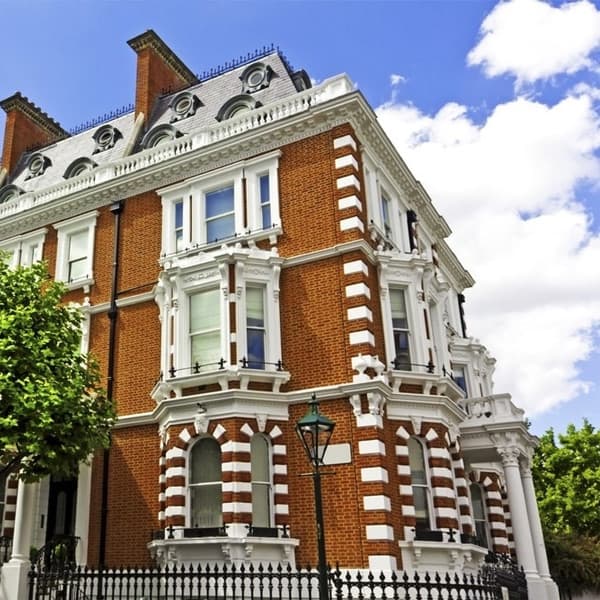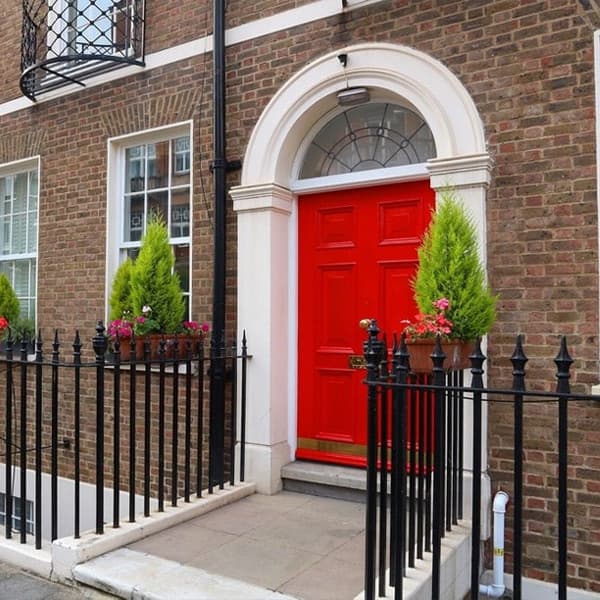We have seen an extraordinary increase in national house prices during 2020 and 2021, with the average UK house price sitting at £266,000 in June 2021, its highest ever amount, before falling slightly to £256,000 (an 8% year on year rise) in July, which is the most current figure available. These figures equate to a rise of £31,000 from June 2020 – June 2021 and the steepest rise in house prices that we have seen since 2004.
Regionally, average house prices in England, Wales, Scotland and Northern Ireland increased to £271,000 (a 7% rise), £188,000 (11.6%), £177,000 (14.6%) and £153,000 (9.0%) respectively in July 2021.
Interestingly, the steepest rises in house prices have not been in London (which saw a 2.2% rise in July 2021, making it the region with the lowest annual growth for the eighth month running) and the pricey southeast but across the more affordable areas of the UK such as the northwest of England – which has the lowest average house price in the country – and more rural hotspots like Wales, Cornwall and Yorkshire, tapping into the nation’s preference for having more space and countryside on the doorstep in the wake of the Covid-19 pandemic.
So, will we see average house prices rise further? And when will the average UK house price hit £300,000?
Even if we ignore the inflated increases to house prices in March 2021 (10.2%) and June 2021 (13.2%) created by the looming deadlines for stamp duty reductions, we have seen an average price rise across the remaining months of the year to date of 8.8% (9.63% if we include March and June).
House price growth year on year to July 2021:
Month
- January 2021
- February 2021
- March 2021
- April 2021
- May 2021
- June 2021
- July 2021
Percentage increase
- 8.0%
- 8.6%
- 10.2%
- 9.6%
- 9.8%
- 13.2%
- 8.0%
Source data: How much is my house worth – Yopa


This would mean if rates stayed consistent year on year, we would therefore expect to see an average house price of £300,000+ (or £301,056 to be precise) in the UK by 2023.
However, given that we will shortly see the end of all government incentives – which includes the furlough scheme, the self-employment income support scheme and the grants, loans and reduced VAT offered to businesses not just the stamp duty reduction – it is likely that house price growth cannot be sustained at this rate.
For instance, in February 2021, in the run-up to the original deadline for the reduction to stamp duty rates, we did see house price growth begin to slow, only rising again in March with the announcement of the extension to the reduced rate. This suggests that the tax incentive has played a significant role in the recent housing boom and that we may see the number of property transactions, and concurrently house price figures falter after 30 September 2021 and any last-minute rush to complete transactions by this date.
Given that the main deadline for properties up to £500,000 has already passed and from 1 July – 30 September the stamp duty exemption has covered properties of £250,000 or less, any upward trends on house prices from July 2021 is likely to be more focused on smaller, more affordable homes also. Indeed, we are already seeing a move away from the popularity of larger properties as 2021 progresses.
It is not all doom and gloom though if you have bought a property in the recent property price peak. With housing demand still outweighing supply, industry insiders predict that we will still see an overall average rise in house prices of 9% across the year in 2021 (more than double predictions in March 2021) which is consistent with the average growth for 2021 so far which we have mentioned above. Further growth of 3.5% is also predicted in 2022.
As for the next few years, between now and 2025 strong growth is still expected. Although the full impact of the Covid-19 pandemic on the housing market is likely to be variable when we consider the UK economy’s long-term recovery and plans for improvement in the industry in the shape of future tax rises (corporation tax in particular), reforms to stamp duty tax, property taxes and arrangements for the self-employed.
A clearer picture should start to emerge once we see UK House Price Index figures for the months of August, September and October 2021 and on 27 October 2021 when the Budget and spending review will take place and the Chancellor will announce the Government’s tax and spending plans for the next three years.
















